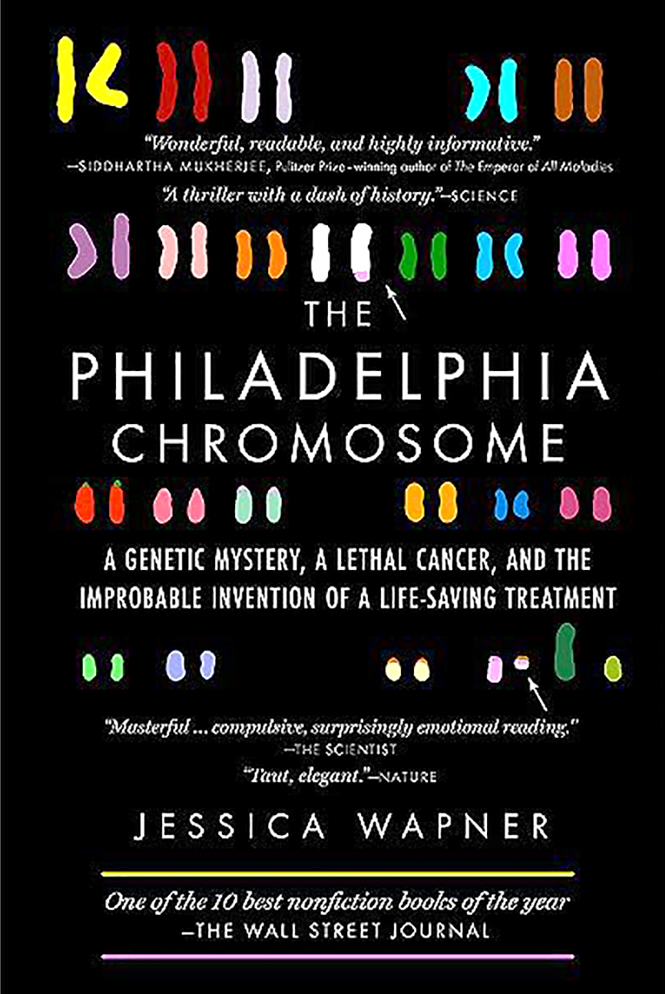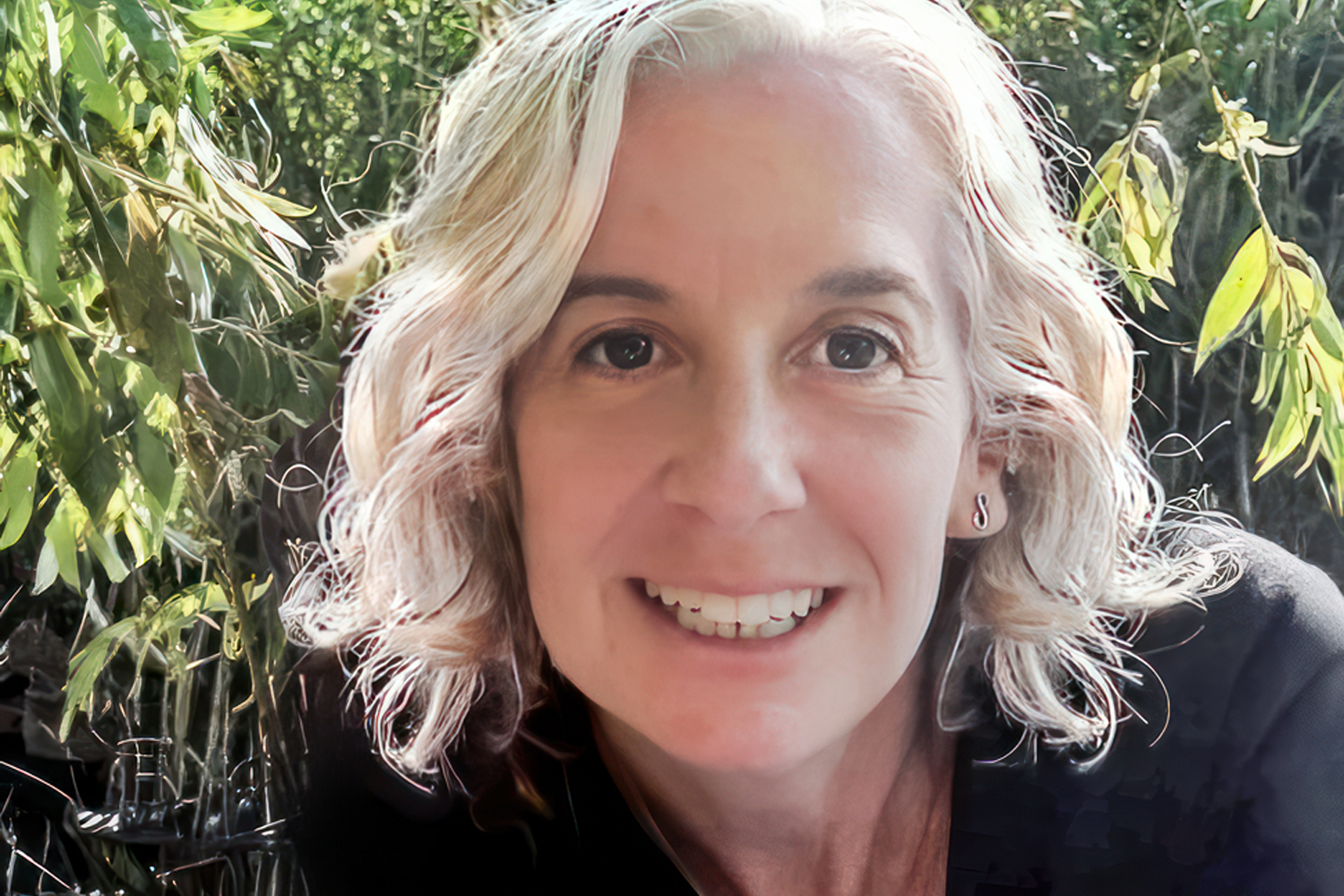
THE NAMES OF SCIENTISTS whose work helps bring cancer drugs to market typically appear in academic journals without much fanfare. Their efforts, however, build collectively over time, leading to headline-grabbing new treatments.
In 1959, scientist David Hungerford peered through a microscope at a blood sample from a patient with chronic myelogenous leukemia (CML) and spotted a shortened chromosome in the blood cells. Upon examining other blood samples from patients with CML, he and researcher Peter C. Nowell noticed the same shortened chromosome—which would come to be known as the Philadelphia chromosome. Scientists would discover how that aberration—the result of two chromosomes breaking and switching places—creates an oncogene that produces a protein called a tyrosine kinase, which drives cancer cell growth. It would take four decades after Hungerford’s initial discovery before the Food and Drug Administration in 2001 approved Gleevec (imatinib), a targeted drug that blocks the activity of that protein, and transformed CML from a lethal cancer to a manageable disease.
In The Philadelphia Chromosome: A Genetic Mystery, a Lethal Cancer, and the Improbable Invention of a Life-saving Treatment, first published in 2013, science writer Jessica Wapner highlights the disparate paths that converged to make the treatment a reality. The book charts all the incremental discoveries, including the work of physician-scientist Brian Druker, whose research at Oregon Health & Science University in Portland helped lead to the development of the drug.
Through Dec. 20, we will be discussing The Philadelphia Chromosome in our online book club.
In one of the first clinical studies published about the drug, at a daily dose of 300 milligrams or more, Gleevec elicited a complete hematological response—that is, the absence of any cancer in the blood—in 53 of 54 patients with CML. Before the drug, only about 30% of patients with CML lived for five years or longer after diagnosis. As a result of these efforts, the 10-year survival rate for CML patients with this chromosomal abnormality is at least 83%, and with continued use, patients with CML are expected to live nearly as long as healthy adults.
“This was a kind of a one-in-a-million story,” Wapner says. “I’m not the only person who’s written about it; it wasn’t like I stumbled on this thing that nobody knew about. But I was fortunate to tell this one story with all of its parts. I was able to trace [the evolution of the drug] back to the discovery of the mutation and explore the humanity of the people involved in the science, so it was all of my favorite things that I love to write about coming together.”
Speaking with Cancer Today, Wapner described what she learned about the nature of scientific discovery and the power of telling these stories.
CT: What sticks with you about the book when you look back at what you learned while writing it?
WAPNER: One thing that was moving to me at the time—and still is now—is the role that patients played in getting the drug developed. They were this little CML family, and they made something happen that was very extraordinary. They came together with a mission that they didn’t really know they had until they achieved it. It was really the beginning of the internet—it was this nifty way to talk to people. So this combination of many things at once was just wonderful. The doctors and drug developers were a part of that, of course, but when I think about who I remember the most, it’s the patients.
CT: Do you think that still happens today?
WAPNER: I think you see it happening today with rare diseases—where it’s very difficult to get drugs made and to get affordable drugs made. And, of course, with rare diseases, the internet is essential because these people are not all living in the same place. That was the case with CML. It wasn’t like there was some local support group where people were going through the same thing.
CT: As a writer, how do you choose what topics you will explore?
WAPNER: I go where I think there is an interesting story, and that could really be anywhere. People are always at the heart of the stories I write. I tend to gravitate toward stories that involve the people behind the effort or the people affected by the effort. I want to understand adversity and why there’s this connection between your circumstances in the world and your well-being. I think there’s a sense of social justice that comes into all of that as well.
CT: You describe all these connections between different labs and people. Do you think research happens in the way you described it in the book?
WAPNER: I think it must because you can’t force life into being how you would like it to be in a neat and tidy way. My favorite part, in terms of the science, was following the discoveries—one over here and then this discovery over there—and the people following their curiosity and excitement and trusting that it would eventually add up into something greater than the sum of its parts. On the one hand, it’s magical, but it’s also how life works. These things are incremental, and we need to build knowledge collectively.
CT: What impact do you think the book has had on patients?
WAPNER: I still get messages from patients. Literally, last week somebody messaged me on Instagram saying, “I was diagnosed with CML. I read your book.” I don’t take any credit for that. It’s not my story. I just wrote about the discovery. If the book offers people strength, that’s because of Brian Druker and because of the patients and the drug developer. That’s very clear to me. But, you know, the disease hasn’t gone away, and so hearing from people is a special thing that just keeps happening once in a while. So I’m glad the book exists to give people some strength. Sometimes just knowing a story connected to your world makes you feel less alone in it.
This interview has been edited and condensed for clarity.
Cancer Today magazine is free to cancer patients, survivors and caregivers who live in the U.S. Subscribe here to receive four issues per year.





